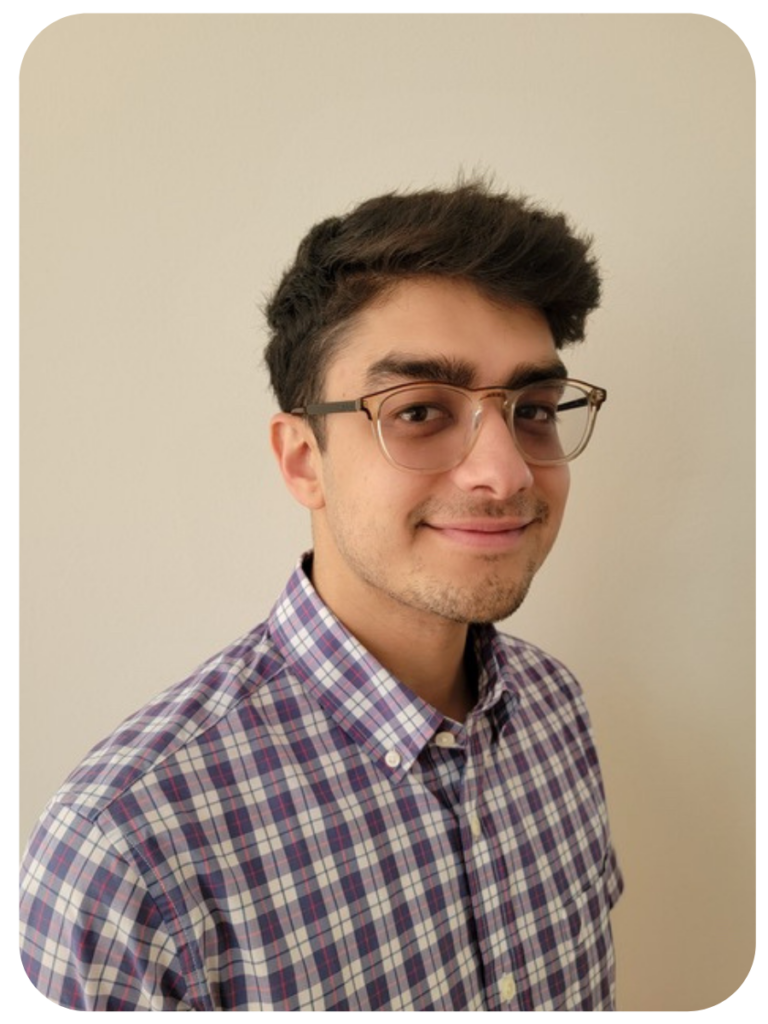Adam Imran

MS ’20
Senior Data Scientist at MITRE
What inspired you to pursue a career in data science and analytics?
As an undergraduate student at the University of Wisconsin-Madison, I spent a lot of time figuring out what I wanted to pursue as a major. I came into college expecting to be an environmental science major but quickly realized it was not for me, I then shifted to Atmospheric and Oceanic Sciences, then Actuarial Sciences, and then Mathematics, ultimately realizing that what I loved the most was making meaning from numbers across all subject areas. Eventually, this led me to a statistics major. And what is modern-day statistics applied to big data… Data Science!
How did you find yourself focusing on using data to help create a safer world?
Growing up so close to Washington DC “social good”, “security” and “government” were pretty much household terms. When I heard about all the great data-related work various non-profits were doing foreign and domestic, I knew that I wanted to leverage what I learned in the Data Science & Analytics programs at Georgetown in those areas. Whether it be sampling data to create food wastage mitigation programs or leveraging network analytics to reveal potentially nefarious entities, social/societal impact means the most to me.
What has your career journey looked like since you graduated?
Shortly after graduation, I started working as an Associate Data Scientist with the MITRE Corporation in the Network Analytics Department, I was placed on a variety of both MITRE’s internal projects and projects for a specific Department of Homeland Security (DHS) sponsor.
Soon after my one-year anniversary at MITRE, I was promoted to Intermediate Data Scientist – Network Analysis & Control within my department. I was also given the opportunity to present at various Technical Exchange meetings for projects that I was now doing for a variety of different government agencies. And in January 2022 I became a technical lead for a MITRE innovation project.
Starting in the fall 2022 semester, I will be an Adjunct Professor for DSAN’s Analytics 511 course (Probabilistic Modeling & Statistical Computing) in addition to continuing my work at MITRE.
What was the best career advice you received while in the DSAN program?
Probably a tie between “start early” and “leverage LinkedIn”. Starting early gave me peace of mind that I was doing everything I could to secure a job after graduation. Although expensive, I personally found value in LinkedIn Premium because of its applicant comparison analytics and application viewing priority.
How do you use what you learned in the DSAN program at work?
Part of my day is spent coding and part of my day is spent reporting/presenting. Aside from leveraging machine learning and big data analytics on a day-to-day basis, I simply work to code efficiently, in conjunction with presenting and visualizing the findings of advanced analysis in a way that sponsors/stakeholders can understand and help solve problems for a safer world.
Technically, in my first year working I leveraged data visualization of massive data, analysis of open-source intelligence (OSINT), and natural language processing (NLP). In the past year, my technical work included Cloud/High-Performance Computing, Spatio-Temporal Data Analytics, and Rule-based Un-supervised Machine Learning like Association Rule Mining and Correlation Analysis.
What were some of your best experiences while in the program, both inside or outside of the classroom?
Until the pandemic brought everything online my favorite experiences were the DCR conference hosted by Lander Analytics at Georgetown University, getting Wisemiller sandwiches between classes, and group study sessions in Lauinger library.
What was your favorite DSAN course at Georgetown? Why?
All the courses I took at DSAN were amazing, but my favorite course was Massive Data Fundamentals (ANLY 502). Although it was new in terms of content adding to the challenge, it was a lot of fun, and the completion of every assignment was very satisfying given all the moving parts with regard to running AWS clusters and running programs in distributed environments. I think what stuck out to me the most was the fact that the scale and processing power used in the class were very applicable to real-world data streams.
Why did you choose the DSAN program and why would you recommend it to prospective students?
I chose this program for 3 main reasons. First, this program was the only one to have separate courses for the data science areas I was most interested in coming out of undergrad: Machine Learning, Massive Data analysis/processing, and Data Visualization. Second, the DSAN program gave me to opportunity to work part-time, TA, and get involved with research affording me the ability to get the true graduate school experience. Third, having grown up in Northern Virginia, Georgetown University was always known as a world class school with a great reputation. Those three main reasons combined made this program the obvious choice!
What are you reading/watching/playing/listening to/learning right now?
In my free time, I like to read philosophy, play the guitar (mostly finger-style), play squash, make pizza, play with my cat, and watch The Fast and Furious movies. I cannot wait for Fast X! Recently I bought a small electronic drum set that I use to make beats and improve my rhythm.